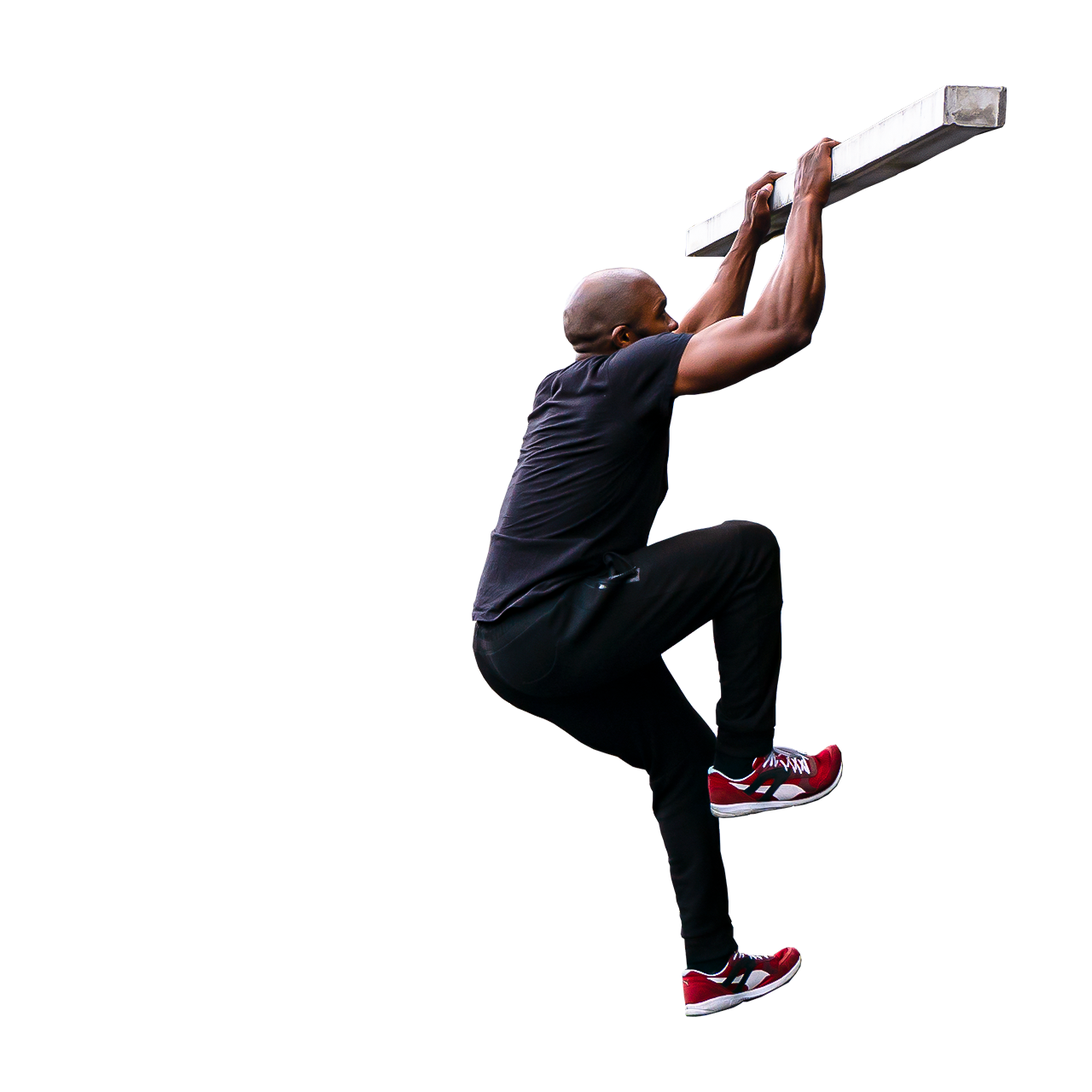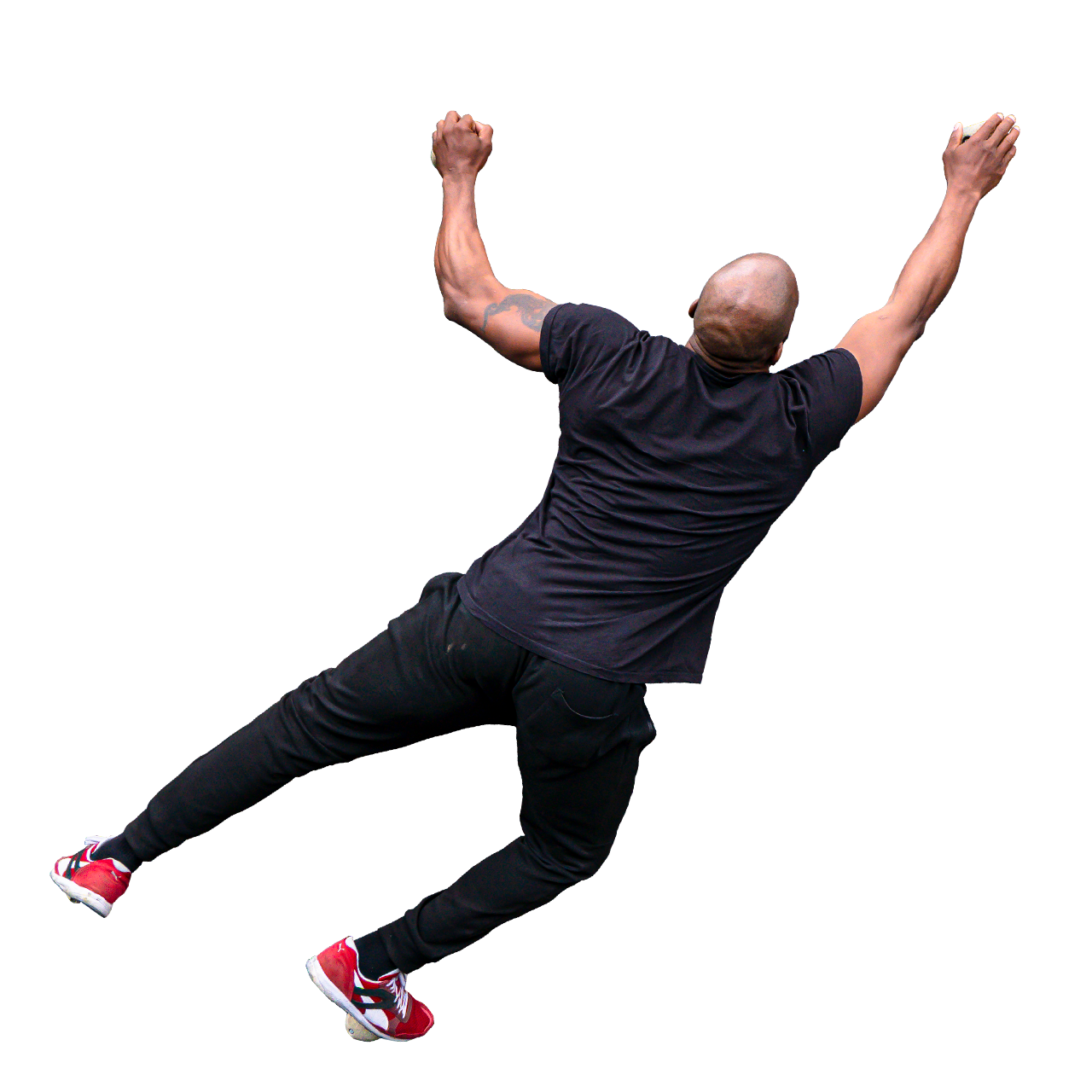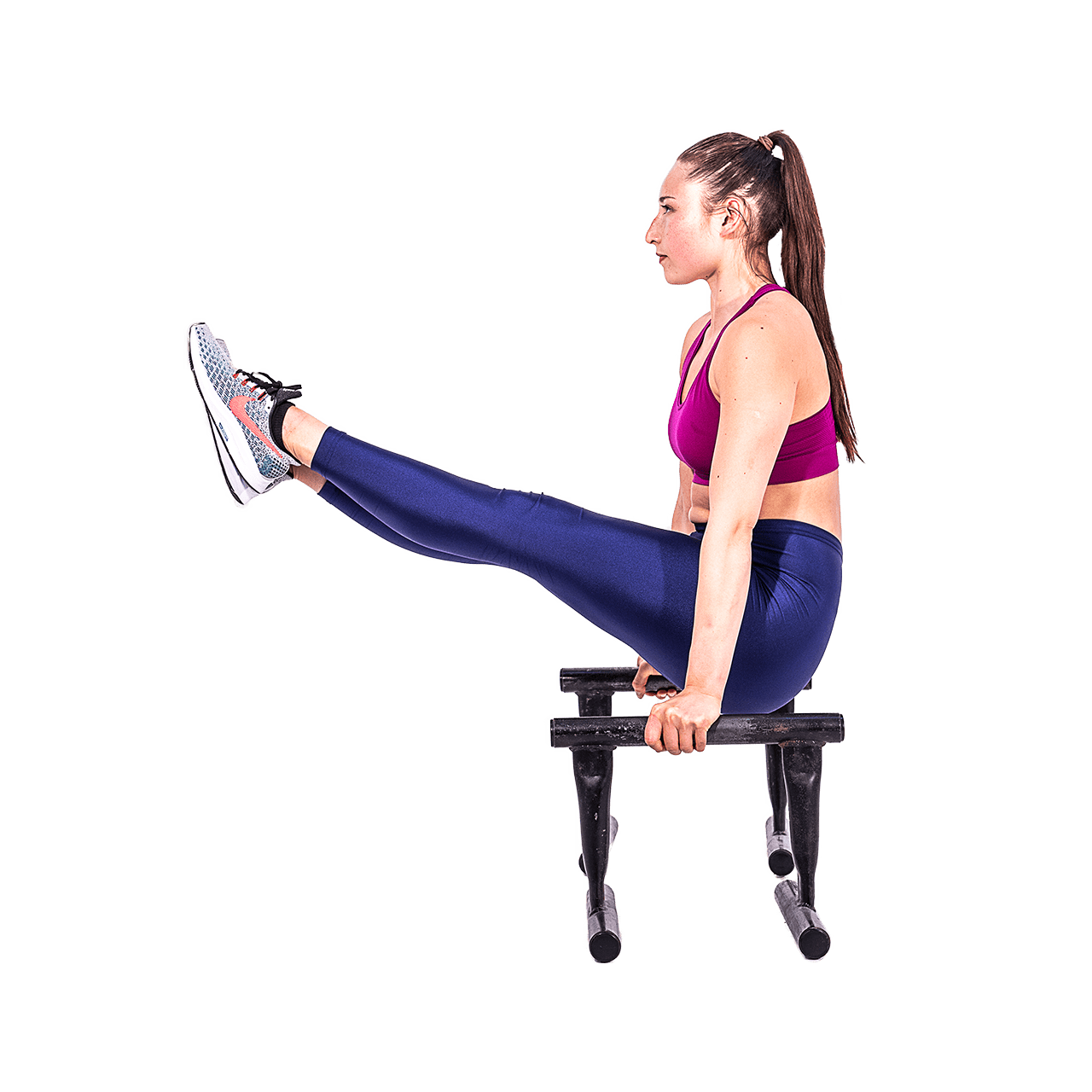
Step Vault Progressions
Ordered by difficulty, in this video we are going to look at over a dozen variations on the step vault.
Beginner 1 - Both hands
This is the one done in the basics video. Use two hands and one foot to get yourself over an obstacle.
Beginner 2 - One hand
This is the standard step vault that everyone will recognise - the one hand, one foot version.
Same as the two foot one, but without using the inside hand on the wall at all.
You may need a little hop to get the foot up on the wall now.
Beginner 3 - floor
This is safer, but harder. Do the one foot, one handed version on the floor. This will help with confidence, mobility and balance.
Beginner 4 - bad side
The one handed version of the vault but performed with the less other side.
This is a variation that you should always do to maximise versatility - sometimes the environment will dictate that you can only do a move on one side - so best get comfortable using either.
Beginner 5 - momentum
Start with one step back and move into the step vault with a constant speed (not fast). Once happy, switch to the other side.
Next take two steps and repeat. Keep increasing steps as you feel comfortable with the amount of momentum generated.
However - be aware of wasting the momentum by pausing or slowing before the wall.
Intermediate 1 - Different surfaces
Start investigating the use of different surfaces. I'm talking about shapes and materials. From concrete brick to metal railings and everything else in between.
You want to start being able to distinguish how different materials are going to behave and react. Wood, metal, types of brick; all have to be treated slightly differently.
As an addition to this one, you can use the weather to your advantage and use it as another variable to change the surfaces. The same obstacle in the wet, cold, hot, dry, icy, all make things different.
For instance, we know that wet wood will no-doubt be slippery. Crumbly dry brick with dust may also need care...
Intermediate 2 - Chaining
Start to practice chaining multiple step vaults together with two or three steps in between.
Learning how to set yourself up with the correct hand and foot placement from one to another will help create flow.
This will also get you to start understanding the importance of being accurate with those positions.
Intermediate 3 - Consistency
This one can be misunderstood for going fast. What we are looking for is a consistent movement speed, which can be slow, but has less fluctuations of that speed.
For instance, the entry and exit of the vault are usually easier and quicker than the middle part of getting over the wall. Try to remain active and contracted the whole way, without any relaxing of the muscles at any point.
Film yourself and watch it to see when any of the "sticking" points are.
Intermediate 4 - Slow and Controlled
Perform the step vault as slow as you can and then hold the position where the back leg has passed through, but not touched the ground yet.
Extend the leg straight, hold your balance for 10seconds and reverse the movement to the beginning again.
Advanced 1 - Speed
The "Speed Step" is a slightly different variation of the step vault and deserves its own video. However, performing the normal step vault at speed is a good skill to acquire.
Slowly practice increasing your speed from walking pace to jogging into / out of it, to having the confidence of going at sprinting speed.
Advanced 2 - Flow
Going fast, over multiple obstacles, of different types, without planning your foot placement and keep a consistent speed is good practice for when the terrain and environment is unknown.
Being able to adapt to what is coming up without preparation will make you more capable and practical.
Advanced 3 - Height
This is obviously dependent of your own height, but try to use you arms to pull you into a much higher step vault.
Helpful on higher railings and the beginnings of climb-ups.
Advanced 4 - Isometric
The same as the intermediate variation of the slow and controlled, however, this is at height and on a railing. A goal post, top of a swing set, scaffolding or anything else.
This will really tax your muscular control, adrenaline and fear. A great way of fine-tuning those positions and body awareness.
Advanced 5 - Embrace the weird
The last variation is to go out and challenge yourself to find any weird and strange obstacles that you don't know whether you can step vault or not.
Can you step vault through small gaps? At slanted angles? With backpacks on? Barefoot? In the dark? Up high? Underground? On a chain? A moving gate? The list is endless... Try challenge yourself with everything.
Videos Listing
Explore other series

Step Vault Tips
The Step vault, (aka "Safety Vault") is one of the fundamental vaulting techniques within parkour. Due to its ease of use, this movement is often utilised by all levels of ability.

Climbup Tips
A useful technique and powerful technique used to scale over the top of a wall, roof or obstacle from a hanging position on the side.

Tutorials
In-depth series on specific movement topics.

Demonstrations
In-depth series on specific movement topics.
Blog
Deep-dives into Parkour Topics.